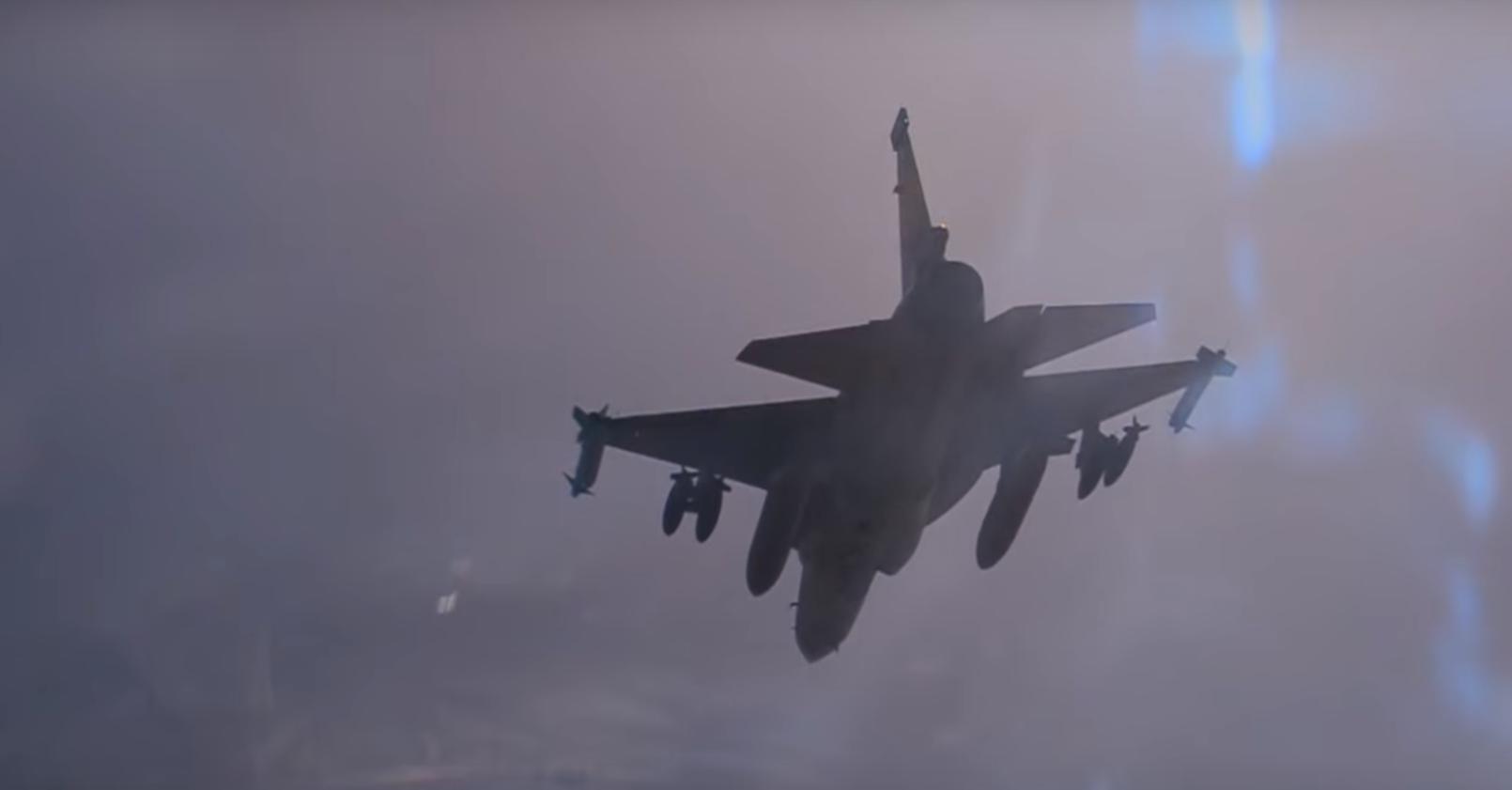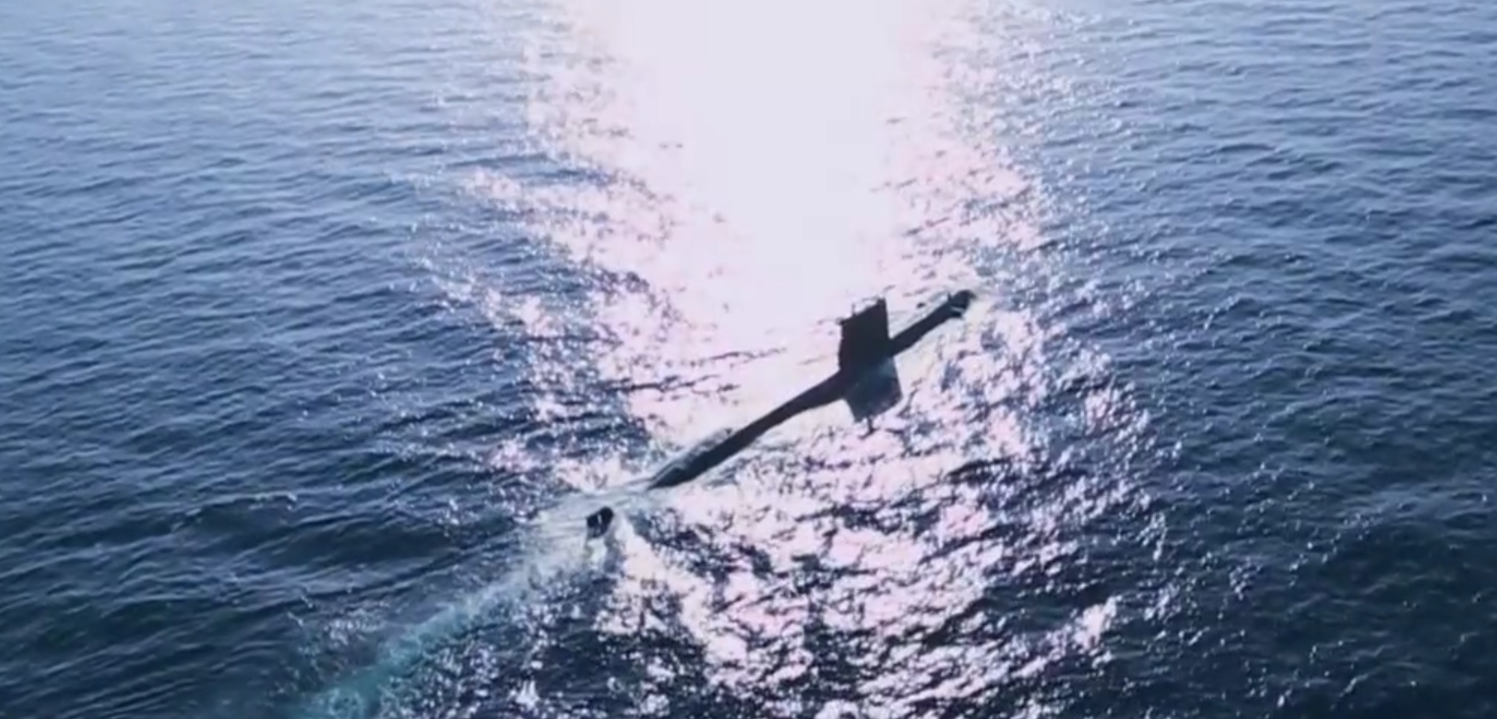2581Views 13Comments

Ideas about the JF-17 Block-III’s electronics suite
Note: This is a continuation of one Quwa’s earliest articles – “The JF-17: Major changes ahead on JF-17 Block-III” – with updates accommodating recent defence industry events and trends. This is a look at the potential of the JF-17 Block-III in becoming a relatively sophisticated combat solution, albeit if current and emerging technologies are incorporated into the design.
With a fifth JF-17 unit scheduled to be raised soon (replacing another F-7P squadron) and the JF-17B twin-seat variant coming to fruition, the Pakistan Air Force’s (PAF) newest fighter platform is evidently forming the mainstay of the PAF fighter fleet. In fact, it appears that the PAF is aiming to entirely supplant its F-7P and FT-7P fleet with the JF-17 Block-II, Now, momentum is beginning to shift to the JF-17 Block-III.
Slotted to utilize an active electronically-scanned array (AESA) radar, improved electronics warfare (EW) and countermeasures (ECM) systems, helmet-mounted display and sight (HMD/S) and potentially even infrared search-and-track (IRST), the JF-17 Block-III is effectively the PAF’s only qualitative driver (in the absence of an off-the-shelf platform) on its near-term procurement roadmap.
In terms of the AESA radar, arguably the centerpiece of the JF-17 Block-III, analysts have listed two radars as the leading candidates: The Leonardo (formerly Finmeccanica and Selex) Vixen 1000E and the Nanjing Research Institute of Electronics Technology (NRIET) KLJ-7A.
Both radars are compelling options, but ultimately, the procurement of an AESA radar is essential, for its advantages over legacy mechanically-steered pulse-Doppler radars are genuine qualitative gains, especially in defensibility against EW/ECM (this is explained in greater detail in an earlier article on Quwa).
However, radars are not the only application for AESA TRMs. Defence electronics vendors are also using this TRM technology on EW and ECM suites. For example, Italy’s Elettronica ELT-568 is such a solution, providing digital radio-frequency memory (DRFM) active jamming (explained in Quwa’s background brief on radar technology) and E-J band frequency coverage. Turkey’s Aselsan is also marketing a similar suite. NRIET could also developing analogous EW hardware (for pairing with the KLJ-7A AESA radar).
Irrespective of the origin, the pairing of an AESA radar with AESA-based EW/ECM would be significant. If the components (e.g. radar warning receiver, jammer, etc) of the EW/ECM suite are properly integrated, and in turn, fully presented in the human-machine-interface (HMI), the pilot would acquire a ‘picture’ of an area’s electronics dynamics – the EW/ECM suite could identify and locate enemy radars.
The HMI standards set by the F-35 Lightning II and Saab JAS-39E/F (with the signature single-display cockpit) are being emulated by other vendors, including the Aviation Industry Corporation of China (AVIC) and Aselsan (via the IMD-1119 and IMD-820). (Interestingly, the HMD/S space is confined to a relatively few vendors. Elbit maintaining its position as the dominant supplier in the West and in the East, though BAE Systems and Thales have carved respectable spaces.)
In 2016, Leonardo’s BriteCloud ECM decoy had begun seeing traction with the Royal Air Force (RAF). The BriteCloud is an expendable decoy with a self-contained DRFM-based jammer, which is meant to help thwart incoming radar-guided air-to-air and surface-to-air missiles. The BriteCloud ECM can be placed in an aircraft’s existing chaff and flare dispenser system and self-protection suite. Aselsan is marketing an analogous solution, which it designated as the ‘Expendable Active Decoy’. The concept is evidently not novel, credible vendors such as NRIET should have limited difficulty in expanding the market.
Contingent on cost and feasibility, these subsystems and approaches could manifest in the JF-17 Block-III. Granted, this would only be a part of the ideal solution, with the rest dedicated to much-needed technology improvements, such as supplanting the hybrid flight control system with a fully-digital fly-by-wire system, reducing the airframe’s weight and increasing its payload.



13 Comments
by Steve
Excellent article Bilal, congratulations. JF17 is maturing into a very useful fighter and if procured in numbers, which is planned, will enhance the PAF greatly. Cost obviously will increase but quality does not come cheap. We need to collaborate with Aselsan to produce as much as possible locally, maybe an entirely new electronics factory in Kamra. FBW and composites are another area needing improvement, possibly in another block of JF17.
by bill
Dear Sir, to me one aspect which needs som explanation is the AESA radar choice i.e comparison between KLJ7A and Vixen E 1000. I hope same issue shall be addressed in near future.
by Khan Majeed
Pakistan should buy the Turkish attack helicopter and also should try to develop its own radar, engine & other accessories for the JF-17 Block III. We need to become more self reliant.
by Superior Shakeel
There will be no block after the third and no more JF-17s than 150-160(spare frame + losses)
Mark my words you can bet your ass n that.
JF-17 was always a cost effective modern replacement for older F-7 and mirages nothing more and nothing less.
Don’t ever forget that
Also if we need better fighter jets than spending to procure or JV a twin engines 5th gen jet is the way to go instead of beating a dead horse with limited potential for upgrades I don’t see much future for a jet which is still less capable than a F-16 block 52s whose opponent is on a crazy weapons buying spree with top shelf weapons from almost every weapons manufacturer in their arsenal who in future quite possibly will also manufacture latest F-16s the PAK-FA and will be receiving rafale’s shortly we need to be aggregate and think out of the box rather than sticking with old limitations.
by jamshed_kharian_pak
In the changing world the armed forces of Islamic Republic Of Pakistan set beforehand and which enjoyment to see our country develop its needs locally like JF-17 BLOCK-III congratulations
by Ahmad Shah Durrani
The JF-17 will be our second line of defense and we need Block III and Block IV. I think that the Block IV may have body of carbon fibre composites to make
it lighter, aerodynamic, fuel-efficient and comparebly stealthy. Pakistan has committed to buying 250 JF-17s so there may be Block V early 2020s.
by Shafeeque Ahmed
Please correct me if i m wrong but will JF 17 block 3 equipped with an AESA radar, an IRST, long range anti radiation missiles and hypersonic antiship cruise missile be superior to F 16 Block 52 in many respects???
by Bilal Khan
The Block-III would be using newer technology that should be better on paper in some respects (e.g. AESA’s ECCM), but in the end, it will depend on the actual performance of said hardware.
by Superior Shakeel
As bilal said the block 3 is still on papers there is no confirmation as to what will go into it not even vendors are being finalized only a proof of concept and there was never a talk about IRST if there is a IRST then it will be podded one thus occupying an additional spot apart from fuel tanks thus reducing the overall munitions payload.
the so called supersonic antiship missile was never procured by pakistan idk why we keep harping on it when the AKG-400 was never procured also this missile boost itself high into sky after being air launched it goes high upto 30000 feet and uses gravity to attain its speed but its pointless because all the antiship missile in the world use sea skimming and fly very low to avoid detection this missile will light up in the enemy’s radar as soon as it is launched i would bet my money on the low flying sea skimming C-802 cruise missiles we have the ones we actually procured.
by SP
JF-17 with continous upgrades and improvements is the best option currently for Pakistan. Besides helping retire obsolete aircrafts with new airframes, the JF-17 is creating local jobs, helping local industry and enhancing the expertise of PAC. There is a need for a modern heavier aircraft but there is also a need for JF-17.
by SS_IND
Could we have a total comparison between the F-16 Block 52 (or Block 60), Gripen – 39 E/F, Tejas MK-1A, J-10 and JF-17 Block III as all are the same category and similar equipment more or less.
And most of the developing nations are in the market for this range as well. If possible also include the Rafale, F-18 E/F and Mig-35.
by Smoking a Tejas
I think the out of the box thinking needs to be tempered with what you can actually buy. if the JF 17 is the platform we can procure and modify at a cost then that’s a start. As far as 5th generation and beyond, requires a lot of moolah (money) which we don’t have right now.
And as far as keeping up with the joneses is concerned procure what you need and what you can afford, Unless you’re a trillionaire, everything has a cost and many an unwary shopper living beyond his means has found himself bankrupt when he didn’t think his finances through. He kept buying toys he couldn’t afford, simply to one up the guy next door.
by Augustine
Hey friend, do you want to make boss Bilal Khan do hard work and sweat under a cooling fan? LOL.
You just asked one of the most DIFFICULT, but most IMPORTANT question Pakistani air force top brass should ask solve.
AESA radar jets coming to frontline service in 3rd world countries, America hates this trend, amazing age where a well armed JF-17 Block III will likely kill any obsolete mechanical/passive radar armed F-15, F-16, F-18, Gripen, Tejas, MiG-29, Su-30.
Bilal will have his hands full someday if PAF publishes details of JF-17 Block III sensors suite, EW suites, but only if they do, as era of secrecy may begin. Open architecture may produce west/east bloc sub-systems on board JF-17 III. You dont know what’s in the enemy jet until you meet in air battle, too late to run away.